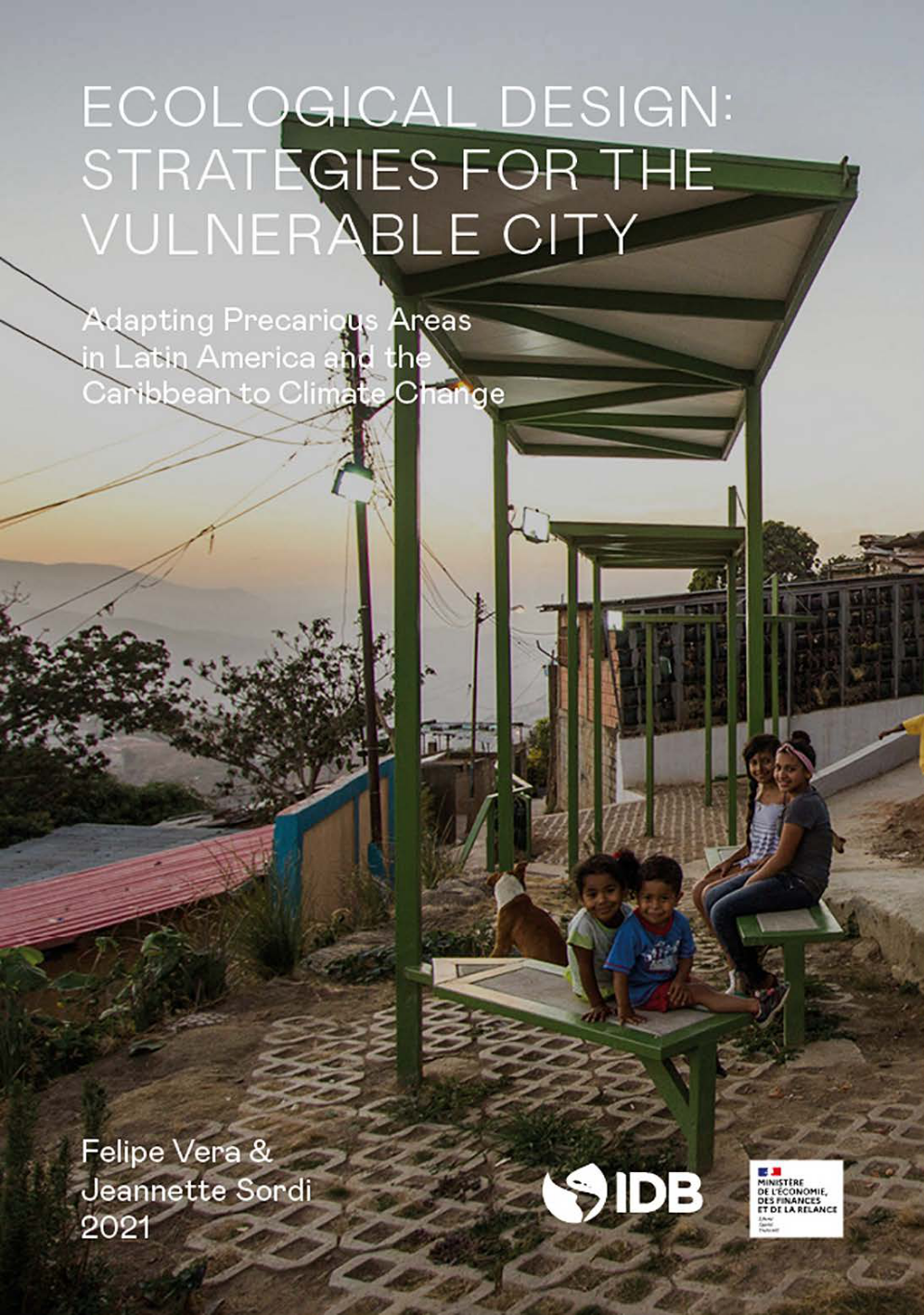Ecological Design: Strategies for the Vulnerable City: Adapting Precarious Areas in Latin America and the Caribbean to Climate Change
Date
Dec 2020
According to the United Nations, approximately three out of every five cities in the world with at least 500,000 inhabitants are at high risk of a natural disaster. If no better work is done on mitigating and adapting cities, in the future they will be more populated, hotter, and less biodiverse. The environmental and climate crisis accentuates inequality, given that the most socially and economically vulnerable groups are more exposed to natural risks and generally have less access to infrastructure and ecosystem services. In Latin America and the Caribbean, the most vulnerable populations often reside in informal, precarious or popular settlements. In recent years, important advances have been made in rethinking these settlements, developing intervention strategies to improve the quality of life, safety and opportunities for their inhabitants. Today it is essential to effectively incorporate climate criteria into urban interventions. Ecological Design measures the impacts of the climate crisis in the most vulnerable areas of our cities - the informal city - while reflecting on how to protect those who are most strongly affected by the consequences of climate change. In addition, it provides new lenses to analyze risk and design nature-based solutions in precarious, informal, popular, vulnerable urban settlements, to make the informal city a more resilient city in the face of the climatic pressures that will come in the coming decades.




